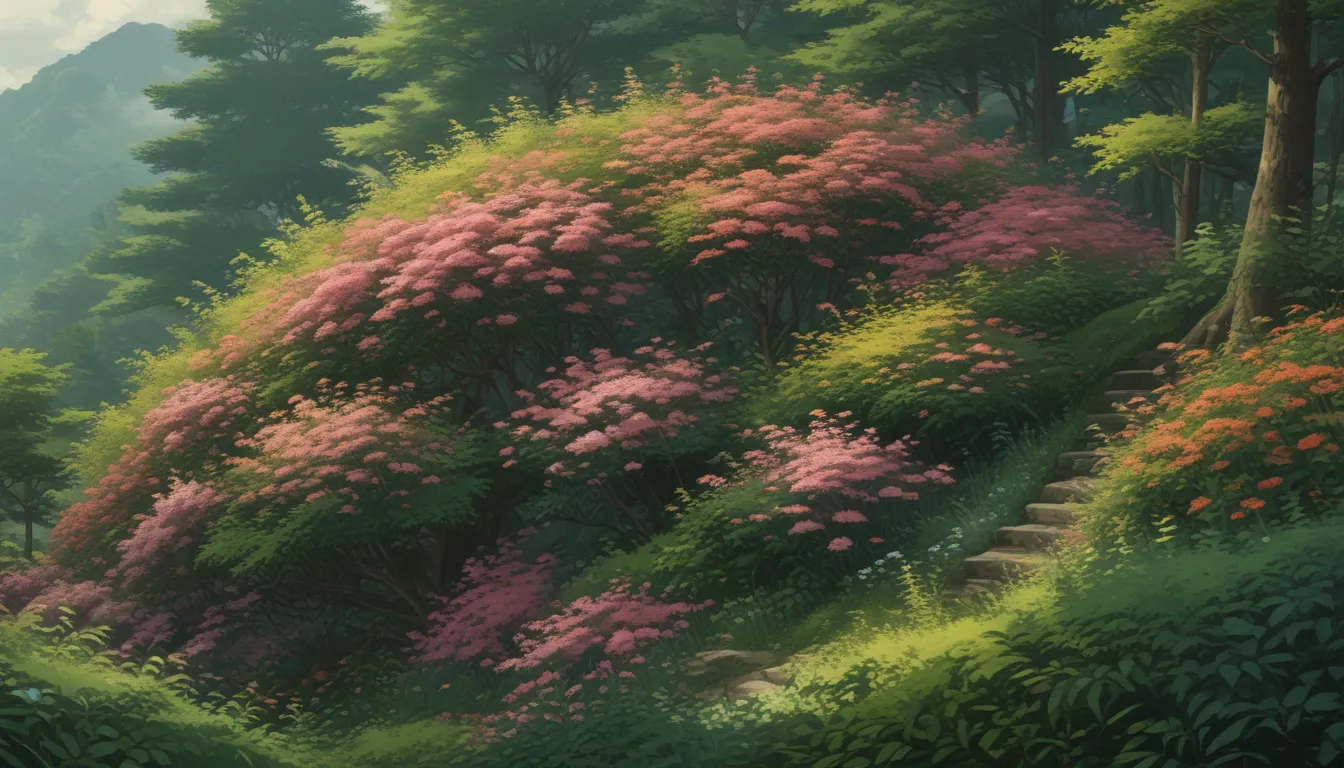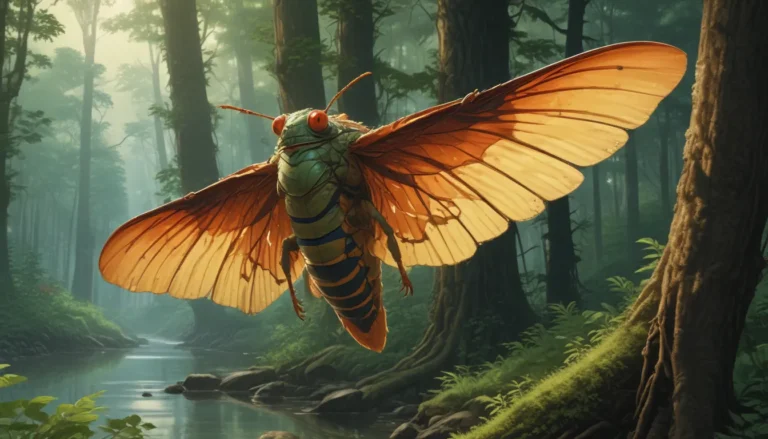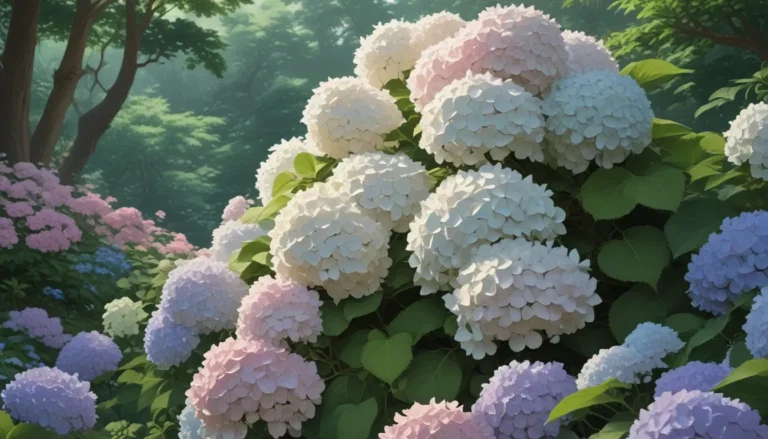Are Spirea Shrubs Evergreen: A Complete Guide

If you’re on the hunt for a versatile blooming shrub, look no further than the spirea! With numerous species within the Spiraea genus, these plants are easy to grow and thrive in USDA Zones 4 to 8, depending on the type. From clusters of vibrant flowers in May to June or July to September, to eye-catching foliage that transforms into a kaleidoscope of colors in autumn, spirea shrubs offer three-season interest that’s hard to beat.
However, before you commit to adding spirea to your garden, it’s essential to know that these plants are not evergreen. They are deciduous, meaning they lose their leaves and go dormant in winter. While this may be a deal-breaker for some gardeners, the overall benefits of spirea may outweigh this drawback.
In this comprehensive guide, we’ll delve into the world of spirea shrubs and explore essential topics such as their life cycle, dormancy workarounds, and more. So, before you make a decision, let’s take a closer look at what you need to know about spirea shrubs.
What You’ll Learn
- Does Spirea Lose Leaves in the Winter?
- The Spirea Life Cycle
- Dormancy Workarounds
Does Spirea Lose Leaves in the Winter?
When considering spirea shrubs, it’s crucial to understand that while they are perennials, they are not evergreens. Perennials live year after year, experiencing periods of dormancy in between seasons of growth. Evergreens, on the other hand, retain most of their leaves throughout the year, shedding only a portion of older foliage.
Spirea shrubs fall into the deciduous category, meaning they drop their leaves during the winter months. This natural process leaves behind bare branches, adding a unique aesthetic to the winter landscape. Despite their lack of evergreen foliage, spirea shrubs have much to offer in terms of beauty and versatility.
The Spirea Life Cycle
The Spiraea genus boasts around 80 different woody shrub species that thrive in USDA Zones 4 to 8. From spring to early summer, these plants burst into bloom with clusters of pink, purple, or white flowers, attracting hummingbirds and pollinators. As the flowers fade, consistent deadheading may promote additional blooms, eventually leaving behind green or yellow leaves.
Come autumn, the leaves of spirea shrubs undergo a stunning color transformation, displaying hues of orange, bronze, burgundy, and more. With the onset of winter, these shrubs shed their leaves and go dormant, showcasing their bare branches and seed heads. While not evergreen, spirea shrubs can still add visual interest to the winter garden.
Before incorporating spirea shrubs into your landscape, consider their appearance during the winter months. Depending on your climate and garden layout, you may need to plan strategically to maximize their visual appeal throughout the year.
Dormancy Workarounds
For gardeners enamored with spirea shrubs but hesitant about their appearance in winter, several workarounds can help maintain their year-round charm. Consider growing spirea in containers and relocating them to a sheltered area during their dormant phase to ensure they remain inconspicuous.
Alternatively, opt for smaller spirea varieties that can be placed alongside evergreens, offering a visual contrast in the winter landscape. By selecting compact species like Japanese spirea (S. japonica) ‘Magic Carpet,’ you can enjoy their vibrant foliage during the growing season while masking their bare branches in winter.
Remember that spirea shrubs merit one season of rest to rejuvenate for the following year’s growth cycle. Their breathtaking blooms, colorful foliage, and winter interest make them a valuable addition to any garden, despite their deciduous nature.
If you’re still undecided about whether spirea shrubs align with your gardening vision, or if you have more questions about their winter dormancy, feel free to share your thoughts in the comments section below. For additional tips on selecting and caring for these ornamental shrubs, explore the following guides:
- Learn Three Ways to Propagate Spirea Bushes
- How to Grow and Care for Birchleaf Spirea Shrubs
- How to Grow Mellow Yellow ‘Ogon’ Spirea: A Shrub for All Seasons
In conclusion, while spirea shrubs may not be evergreen, their seasonal beauty and unique characteristics make them a valuable asset to any garden. By understanding their life cycle, dormancy patterns, and workarounds, you can make an informed decision on integrating these stunning shrubs into your landscape.
**





